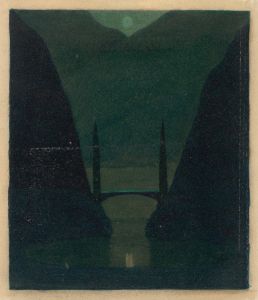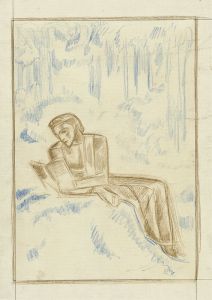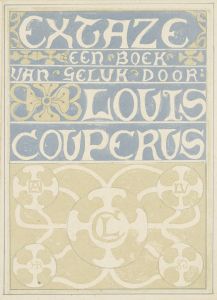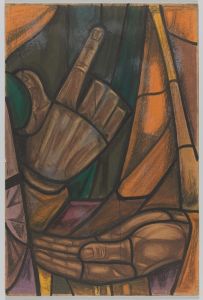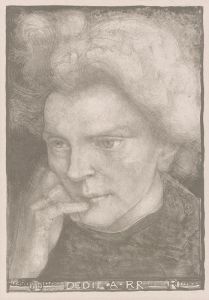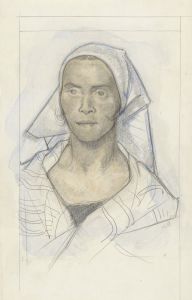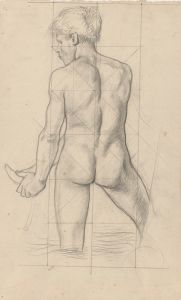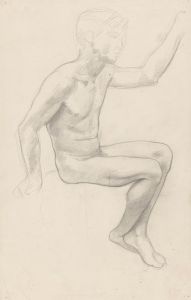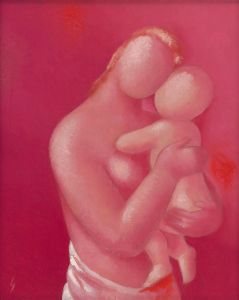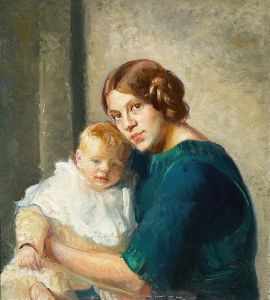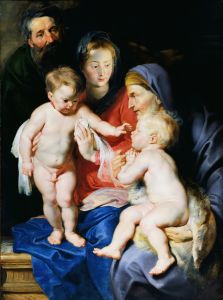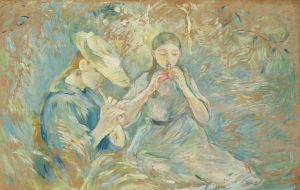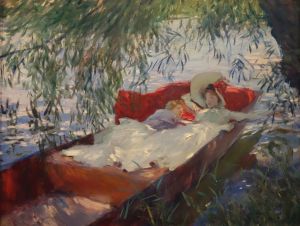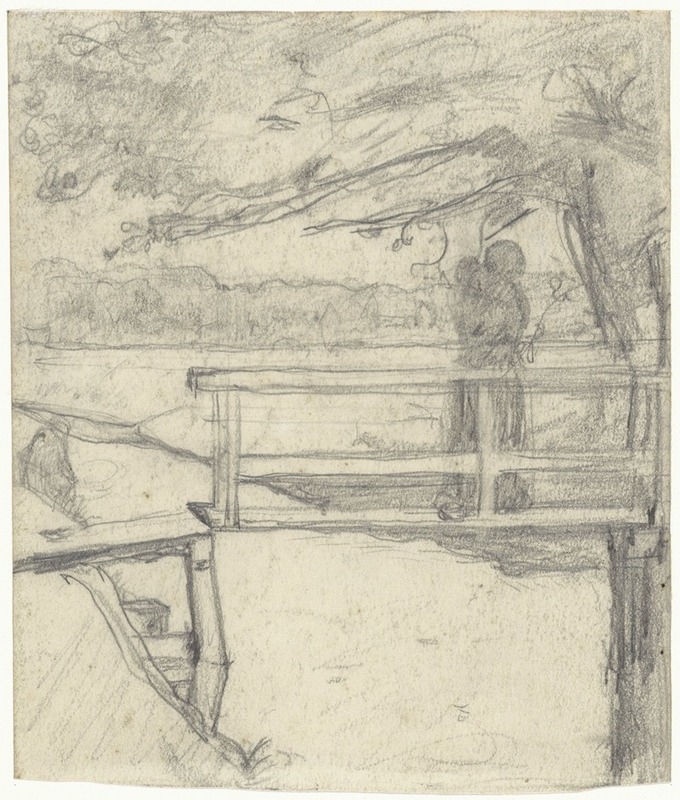
Vrouw met kind op een bruggetje
A hand-painted replica of Richard Nicolaüs Roland Holst’s masterpiece Vrouw met kind op een bruggetje, meticulously crafted by professional artists to capture the true essence of the original. Each piece is created with museum-quality canvas and rare mineral pigments, carefully painted by experienced artists with delicate brushstrokes and rich, layered colors to perfectly recreate the texture of the original artwork. Unlike machine-printed reproductions, this hand-painted version brings the painting to life, infused with the artist’s emotions and skill in every stroke. Whether for personal collection or home decoration, it instantly elevates the artistic atmosphere of any space.
Richard Nicolaüs Roland Holst was a prominent Dutch painter, draftsman, and designer, known for his contributions to the art movements of the late 19th and early 20th centuries. Born on December 4, 1868, in Amsterdam, Holst was part of a family deeply rooted in the arts. He was a significant figure in the Dutch art scene and was associated with the Amsterdamse Joffers, a group of female artists, although he himself was not a member.
Holst's work is characterized by its symbolic and often allegorical content, reflecting the influence of the Arts and Crafts Movement and Symbolism. He was also known for his involvement in the socialist movement, which often informed the themes and subjects of his work. Holst's artistic style was marked by a strong sense of design and a preference for clear, bold lines, which can be seen in his paintings, murals, and stained glass designs.
"Vrouw met kind op een bruggetje" (translated as "Woman with Child on a Little Bridge") is one of Holst's works that exemplifies his style and thematic interests. While specific details about this particular painting are scarce, it is likely that the work reflects Holst's interest in everyday life and his ability to imbue ordinary scenes with a sense of significance and beauty. The title suggests a simple, intimate scene, possibly capturing a moment of connection between a mother and her child, set against the backdrop of a bridge, which could symbolize transition or passage.
Holst's work often depicted figures in harmonious settings, emphasizing the relationship between humans and their environment. This approach aligns with the broader Symbolist movement, which sought to express ideas and emotions through symbolic imagery and themes. In "Vrouw met kind op een bruggetje," the bridge may serve as a metaphor for the journey of life or the bond between generations.
Throughout his career, Holst was deeply involved in the artistic community, not only as a creator but also as an educator. He served as a professor at the Rijksakademie van Beeldende Kunsten in Amsterdam, where he influenced a generation of artists. His commitment to social issues and his belief in the transformative power of art were evident in both his teaching and his creative work.
Holst's legacy is preserved in various Dutch museums and collections, where his paintings, drawings, and designs continue to be appreciated for their artistic merit and historical significance. His contributions to Dutch art are recognized for their unique blend of aesthetic beauty and social consciousness, reflecting the cultural and political currents of his time.
While "Vrouw met kind op een bruggetje" may not be as widely known as some of Holst's other works, it remains a testament to his skill in capturing the essence of human experience through art. The painting invites viewers to reflect on the universal themes of family, connection, and the passage of time, rendered with Holst's characteristic elegance and depth.





